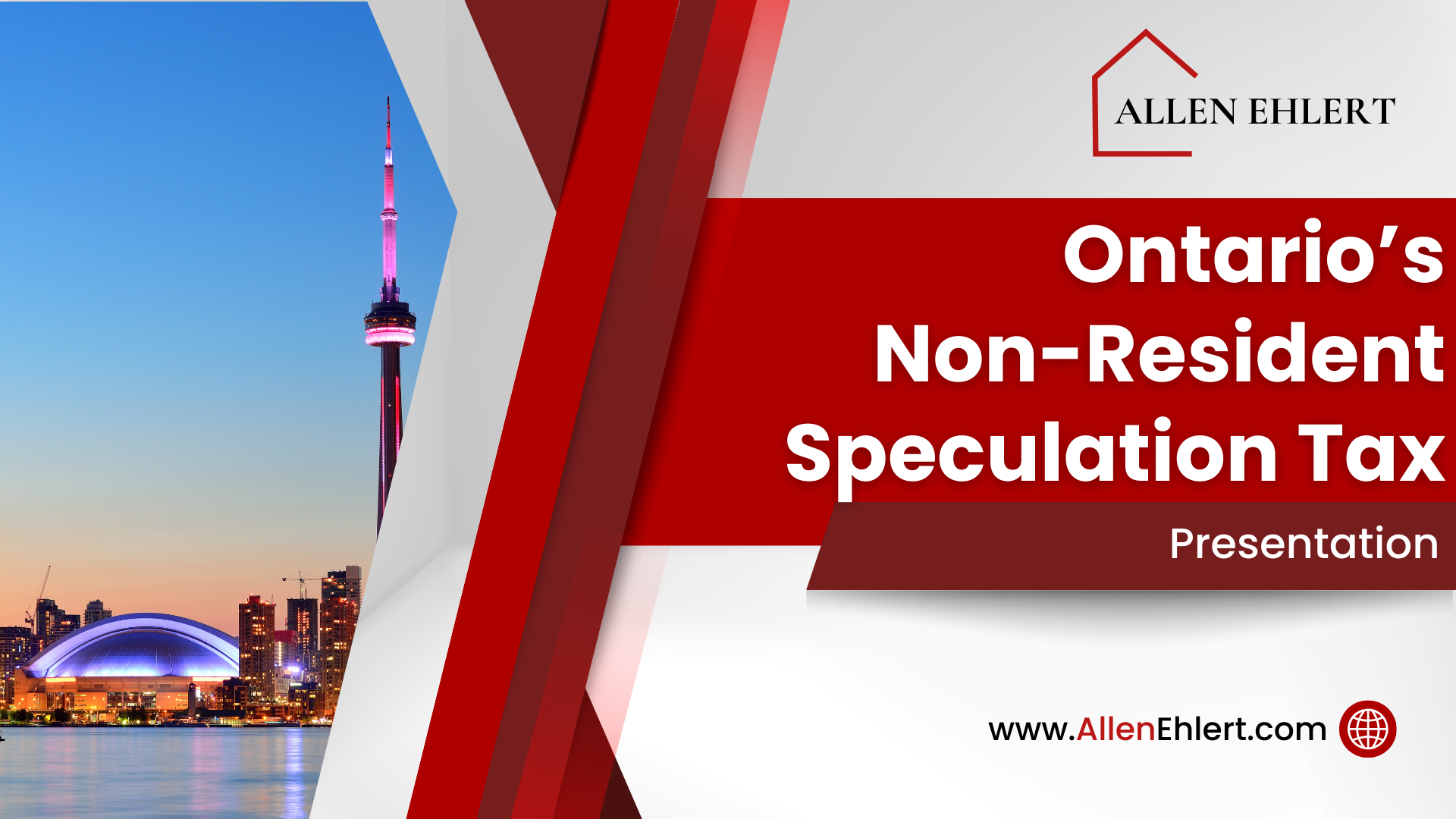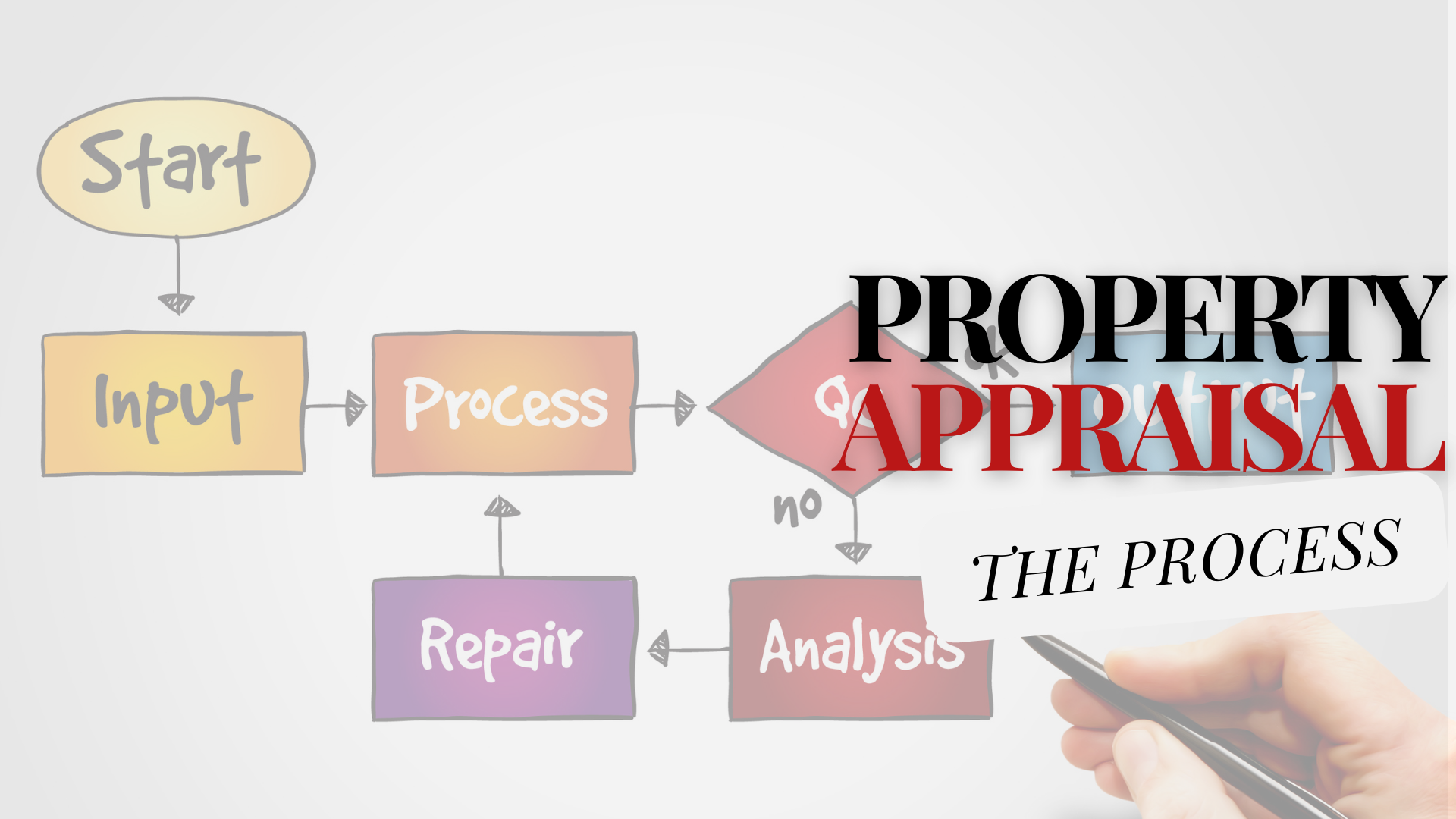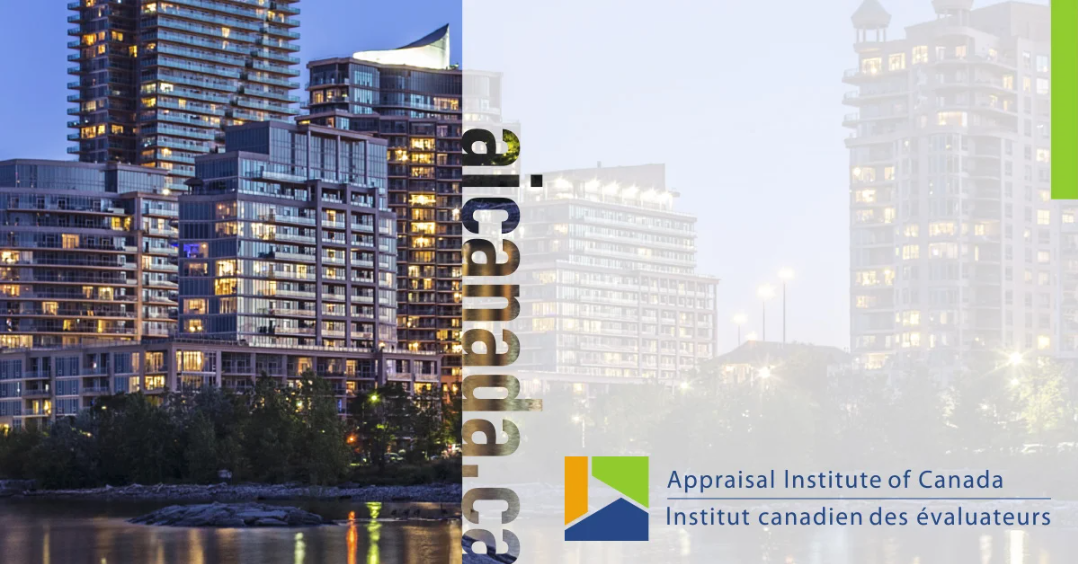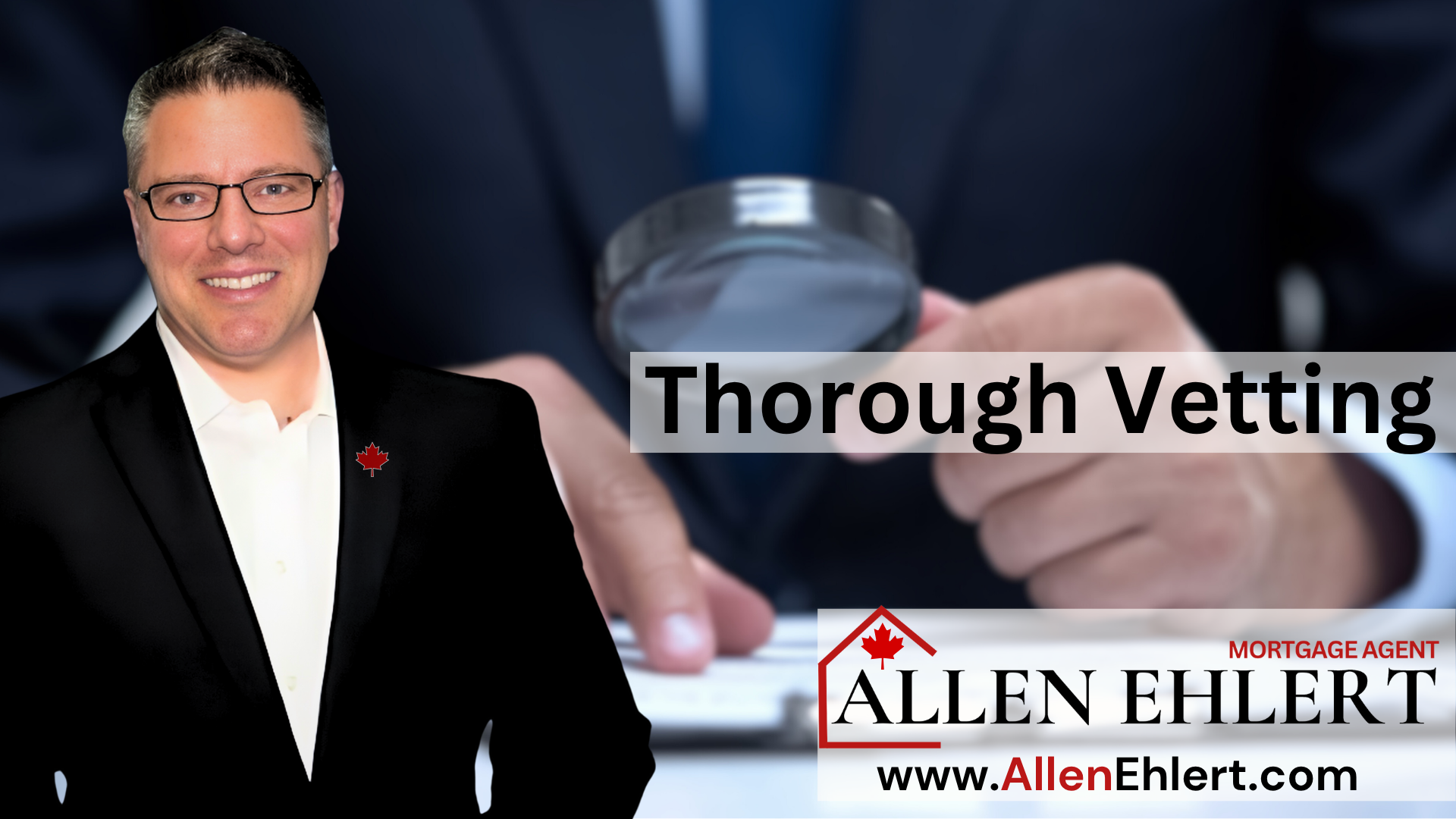In Canada, when a lender mentions a “1% commitment fee on all its rates,” it means that the lender charges a fee equal to 1% of the mortgage loan amount as a one time charge as a condition for committing to the loan agreement. A commitment fee is also known as a lender fee. This fee is typically charged upfront when the loan agreement is finalized or may be added to the total loan amount, depending on the lender’s policies.
Who Charges Commitment Fees?
In Ontario, Canada, commitment fees or lender fees are more commonly associated with certain types of mortgage lenders, especially when dealing with non-traditional or alternative financing sources. Here’s a breakdown of the types of lenders that might charge these fees:
B-Lenders (Alternative Lenders)
B-Lenders are financial institutions that offer alternative lending options to those who may not qualify for mortgages from traditional banks due to non-conventional income, lower credit scores, or other reasons. These lenders take on higher risks and often charge commitment fees to secure the loan agreement.
Private Lenders
Private lenders are individuals or companies that provide personal loans and mortgages outside of the traditional banking system. They typically service borrowers who cannot secure financing through traditional means, often due to credit issues, the need for fast financing, or unique property types. Private lenders usually charge higher interest rates and fees, including commitment fees, due to the increased risk they assume.

Mortgage Investment Corporations (MICs)
MICs pool money from investors to lend to borrowers as mortgages. They often lend to borrowers who might not meet the strict lending criteria of traditional banks, such as self-employed individuals or those with less-than-perfect credit. MICs may charge commitment fees as part of their loan structuring.
Credit Unions and Trust Companies
While not as common, some credit unions and trust companies might also charge a commitment fee, especially for more complex mortgage products or for borrowers who are deemed to be higher risk. However, these fees are less common in these institutions compared to private and alternative lenders.
Traditional Banks (A-Lenders)
Generally, traditional banks in Ontario do not commonly charge commitment fees for standard residential mortgages. However, they might have other types of fees or conditions for specific mortgage products or services.
Here’s How Commitment Fees work
Commitment Fee
This is a charge by the lender to secure the mortgage offer. It’s essentially the cost you incur for the lender’s agreement to lend you the specified amount under agreed terms and rates. For example, if you are borrowing $300,000, a 1% commitment fee would amount to $3,000.
Purpose
The commitment fee compensates the lender for reserving a portion of its funds for the borrower. It’s a way for the lender to ensure that the borrower is serious about taking the loan and to cover the lender’s administrative costs or potential lost opportunity costs if the borrower decides not to proceed with the mortgage.
Payment and Timing
The specifics of when and how the commitment fee is paid can vary. Some lenders require it to be paid upfront, while others might allow it to be rolled into the loan amount, increasing the total amount borrowed and, consequently, the total interest paid over the life of the mortgage.
Commitment (Lender) Fee Scenario
Let’s say a lender quotes a rate of 5.24% and has a commitment (lender) fee of 1% and possibly a 50 bps finder fee. What does the client pay?
To calculate the effective interest rate the client pays when a lender charges a 5.24% interest rate, a 1% lender fee, and a 50 basis point (bps) finder’s fee, we need to account for how these fees affect the true cost of borrowing, particularly if they’re deducted from the loan proceeds or added to the loan amount.
Let’s walk through the analysis step-by-step assuming the most common scenario:
Scenario: Fees are deducted from the advance (net advance basis)
Given:
- Interest Rate (Nominal): 5.24%
- Lender Fee: 1.00% of loan amount
- Finder’s Fee: 0.50% (paid by borrower or built-in)
- Loan Amount: $100,000 (to illustrate — percentage-based)
Net Advance to Borrower:
- Lender Fee: $1,000
- Finder Fee: $500
- Total Fees: $1,500
So the client receives $98,500 but pays interest on $100,000 at 5.24%.
Annual Interest Payment:
- 5.24% of $100,000 = $5,240
Effective Rate (approximate yield method):
Effective Rate = 5,240 / 98,500 = 5.32%
But that’s a simple interest approximation. If you want to calculate the APR (Annual Percentage Rate) more precisely, you’d use an internal rate of return (IRR) formula based on cash flows. However, for practical broker discussions, this approximation usually suffices.
So what rate does the client pay?
- Advertised Rate: 5.24%
- Effective Rate (including 1.5% total fee deducted): ~5.32% APR
Important Considerations:
- If fees are added to the mortgage amount, not deducted, the effective rate is closer to 5.24%, but the borrower pays interest on the higher balance.
- For regulated disclosure, lenders are required to show the APR in Ontario, which includes all non-interest fees.
Considerations:
When evaluating mortgage offers, it’s important to consider all fees, including commitment fees, as they can significantly affect the overall cost of the mortgage. Comparing the Annual Percentage Rate (APR) of different mortgage offers can be helpful, as the APR reflects the interest rate plus any additional fees, providing a more comprehensive view of the loan’s cost.
It’s important for borrowers to carefully review the terms and conditions of any mortgage offer, including all fees and charges, to fully understand the total cost of borrowing. Fees like the commitment fee can significantly impact the overall cost of the mortgage, especially when combined with the interest rate and other potential fees. If you’re considering a mortgage with a lender that charges a commitment fee, make sure to clarify whether any additional fees will be charged, how the commitment fee is to be paid, and how it affects the overall cost of your mortgage. Contact Allen Ehlert to help navigate these options and identify the best mortgage product for your situation, taking into account all associated costs.












